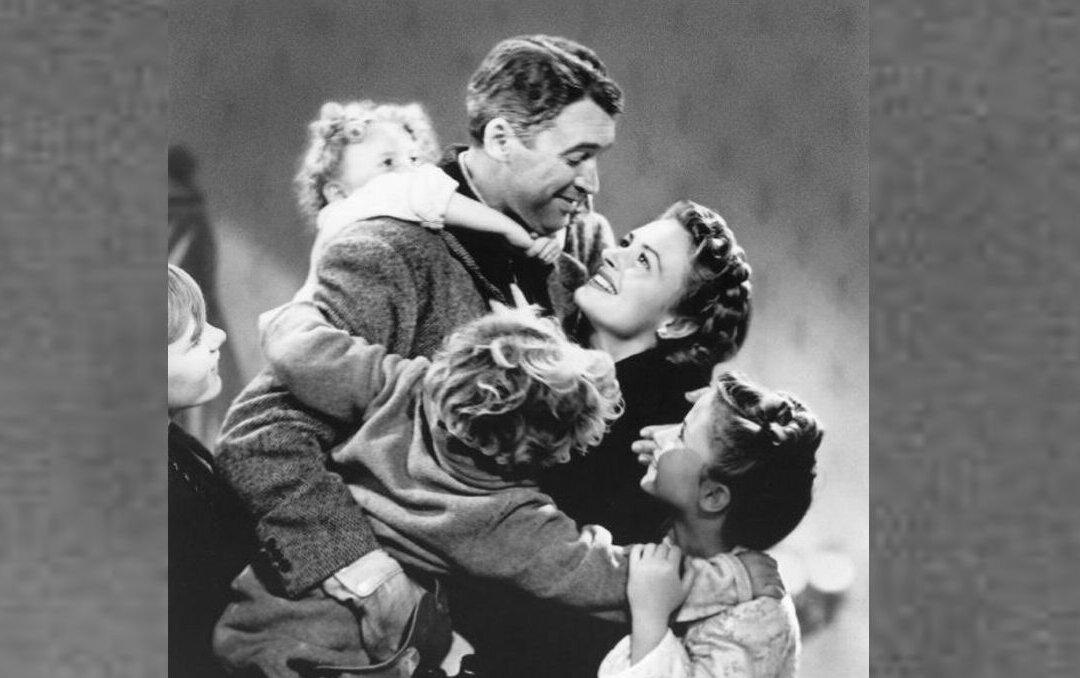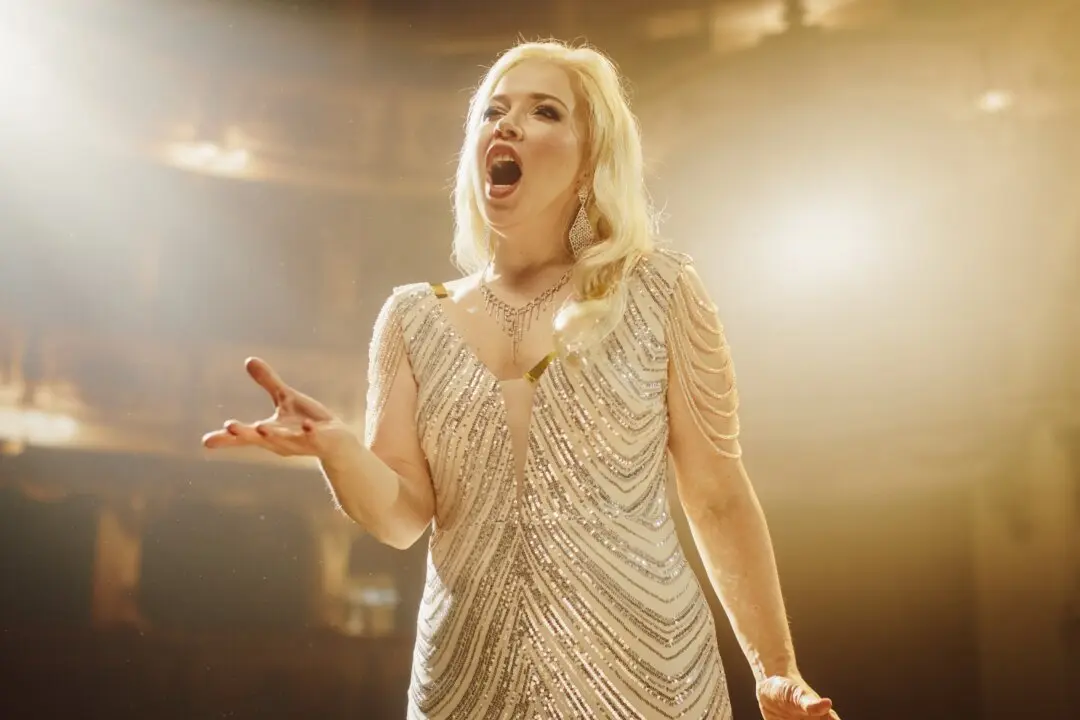Commentary
“Art is neither moral nor immoral; it’s just art.” How often have I heard some variation on this idea since beginning my journey of researching and writing about the Motion Picture Production Code! It’s basically the belief that art, whether it’s a painting, a play, or a film, is amoral. People have long used it against people of faith who have tried to place restrictions on entertainment, saying that they are pushing the agenda of their religion.





